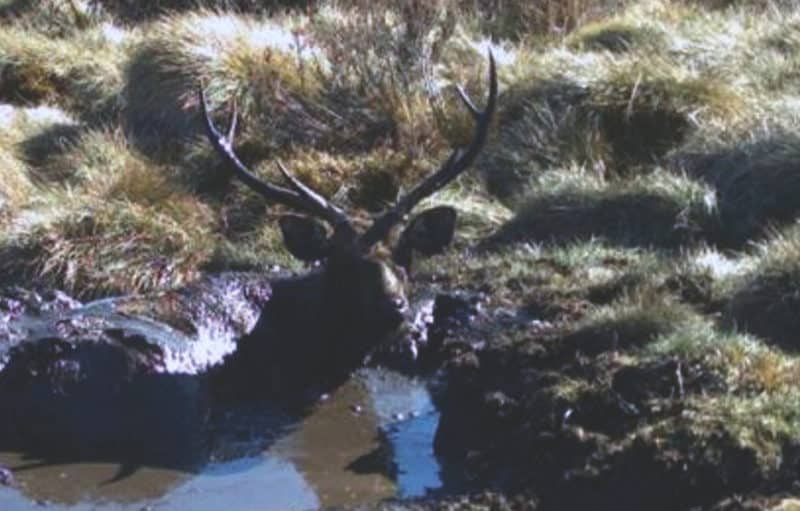MEDIA RELEASE 27 May 2019 |
The delivery of the 2018 state election’s commitments for some national park upgrades is welcome. But nature needs more attention in the State budget to reverse serious declines in the health of natural areas, according to conservationists.
The Victorian National Parks Association welcomed the investment package for park facility upgrades and reduced camping fees but there is still concern that park managers need significantly more funding for core frontline capacity to deal with the many pressures placed on parks, particularly for pest plant and animal control.
“We need on-going investment to ensure our millions of hectares of magnificent national parks and reserves get the on-going management they need. Currently, national parks and reserves only receive less than 0.5% of state government expenditure. In the face of a growing global, and local, extinction crisis we need to significantly ramp up investment in nature.”
The recent 2018 Victorian State of the Environment report found two-thirds of the state’s indicators for land-based biodiversity were assessed as poor. See the full report here: www.ces.vic.gov.au/reports/state-environment-2018
A new United Nations report, released in May, finds that globally around 1 million animal and plant species are now threatened with extinction, many within decades. This is more than ever before in human history. www.un.org/sustainabledevelopment/blog/2019/05/nature-decline-unprecedented-report/
Positive features in the 2019-2020 budget include:
- Removing camping fees at basic campgrounds
- Investment in improving campsites ($70 million over 4 years)
- $154 million for new suburban parks over 4 years (approx. $30 million in 2019-2020)
But none of that addresses the serious declines in our natural areas.
There needs to be a huge ramp-up in government efforts to protect nature right across the state if we are to reverse declines and get Victoria’s unique natural areas on a much-needed trajectory towards recovery.
Investment in major invasive species problems such as the exploding feral deer population, now estimated at over 1 million, is not just an environmental issue but a social and economic one, with deer posing safety risks across the state, and impacts on farms and vineyards.
